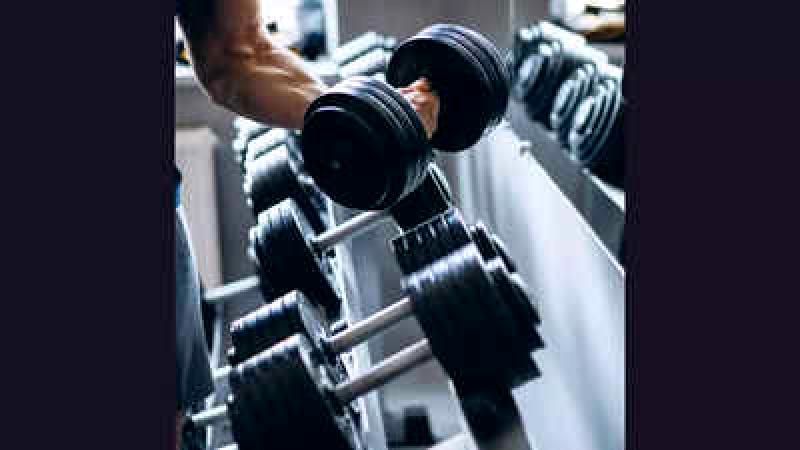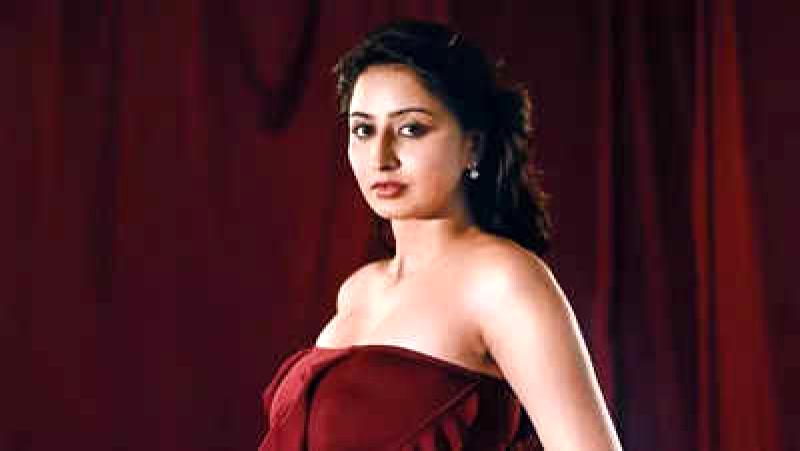
On screen, women in the Kannada film industry are celebrated as 'sheroes', but behind the scenes, they continue to face challenges in asserting their presence and voice. While their performances, attire, makeup, and hairstyles are acknowledged and admired on screen, the women working off-camera struggle to access basic amenities like washrooms on movie sets. The issue of pay equality is also prevalent in the industry, which has undergone significant changes over the past decade. More women are now present on film sets in various roles, from stylists to cinematographers, yet the environment remains predominantly male-oriented, with limited inclusivity.
Female technicians encounter sexism in their daily work lives within the patriarchal setup of the industry. For instance, the makeup industry is predominantly controlled by male 'makeup dadas', and even the makeup artists' association is male-dominated. Women in this field often face condescension and are undervalued due to the belief that men are superior, given their generational experience. Working through the association can result in lower daily wages, ranging from ₹2,000-3,000, whereas freelancing offers higher pay, usually around ₹15,000-20,000. Despite the increasing demand for female makeup artists by lead actresses, they are often required to work 'alongside' a male counterpart assigned by the association. This means that while the female artist does the makeup in the trailer, the male artist assists the actress on set, leading to uncomfortable situations such as helping with outfit zippers and cleavage makeup.Actresses like Vydurya Lokesh, who is a make-up artist, often find themselves limited to smaller projects, according to a screenplay writer. Producers tend to question if a script is centered around women, assuming that women are only suited for low-budget or non-commercial films. This stereotype restricts women to specific genres, making it challenging for them to break free from these expectations. Some women in the industry face obstacles such as being paid less or not being taken seriously by clients and colleagues due to their gender. Screenwriters like Manasa Sharma emphasize the need for a fundamental shift in the industry to address these issues. Stylists, such as Tejaswini Anjan Kumar, also express frustration over the lack of basic facilities provided during film shoots, highlighting the ongoing challenges faced by women working in the industry.There is a need for an increase in female representation in the industry as voiced by singer and voiceover artist Sparsha RK. Females often have fewer dialogues in movies, resulting in less work for female dubbing artists compared to their male counterparts. Recently, there has been a lack of films centered around women. Additionally, there has been a scarcity of solo songs sung by women, with most songs being duets or 'item songs'. It is essential to have more female voices showcased on screen.











